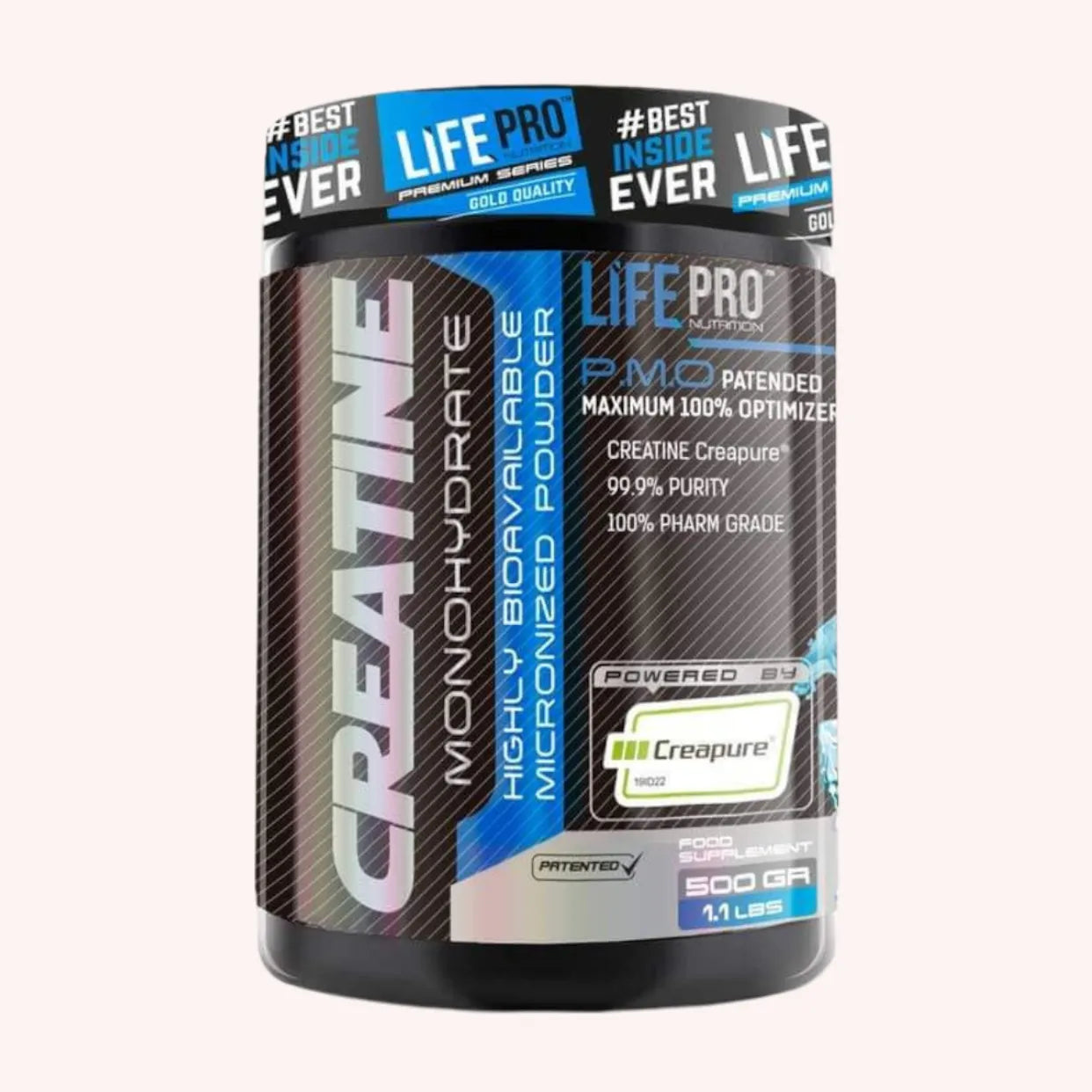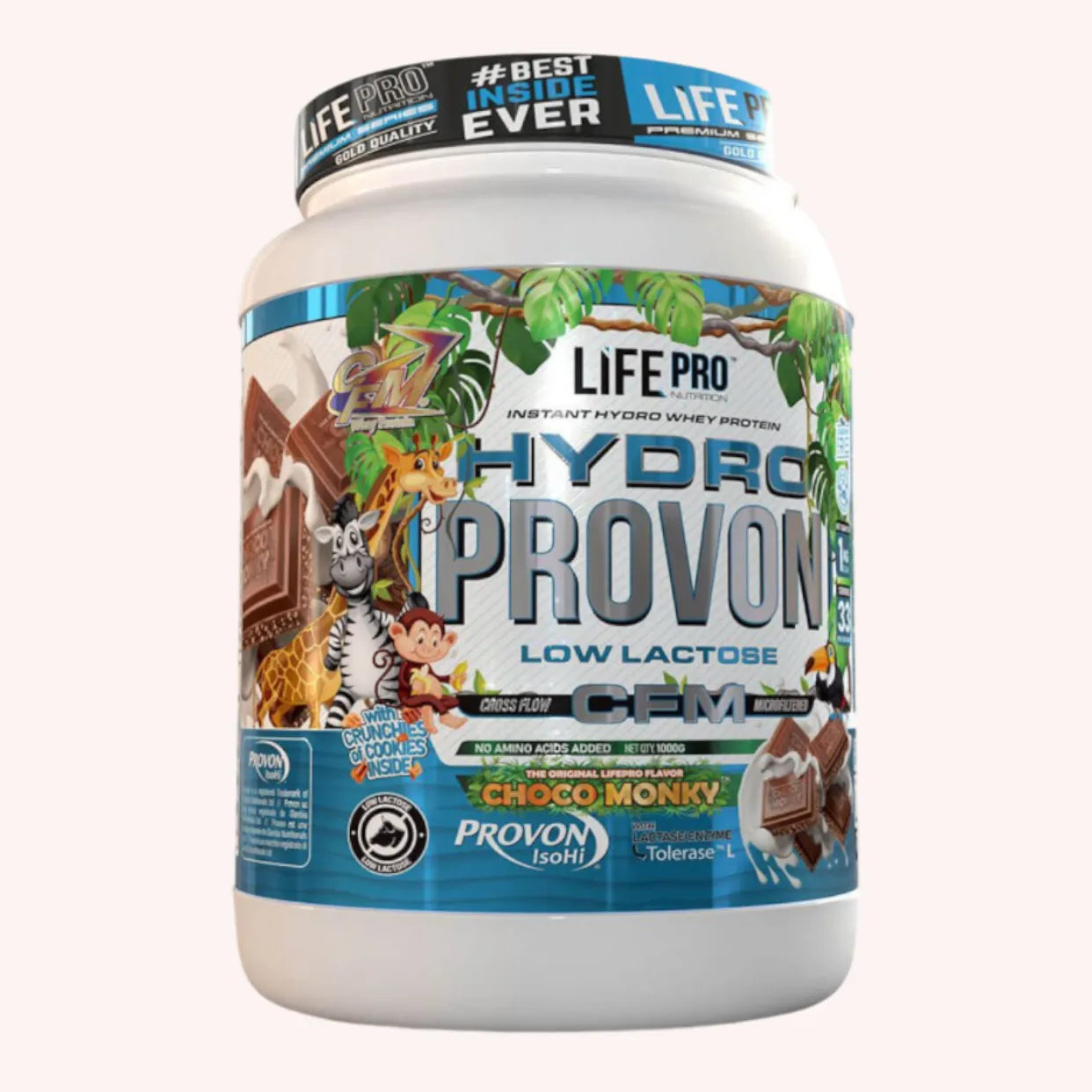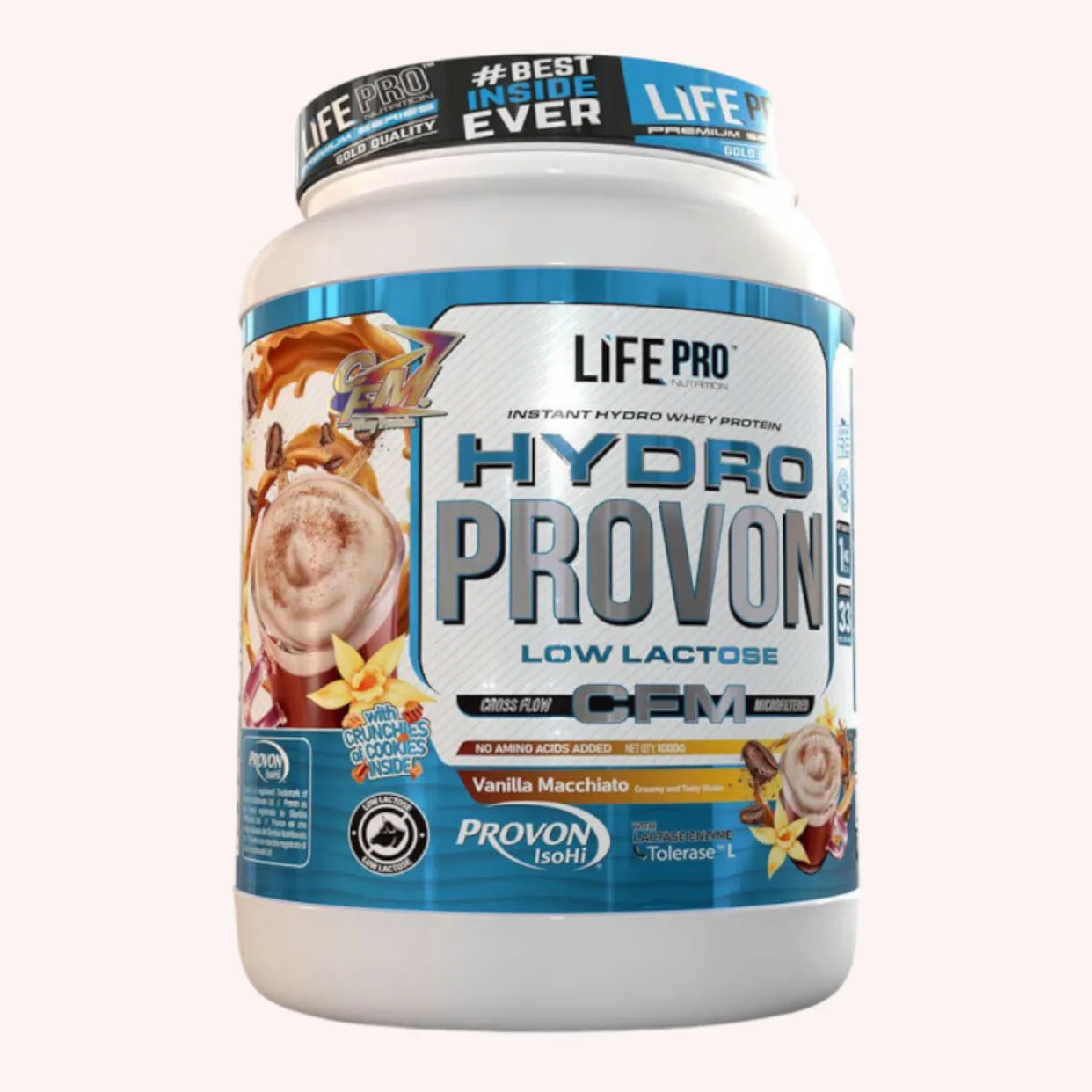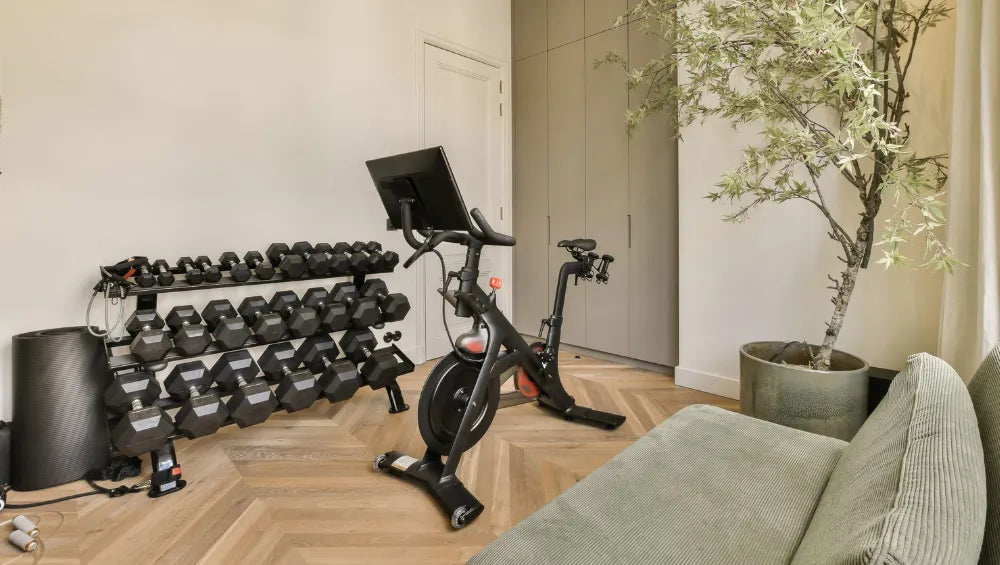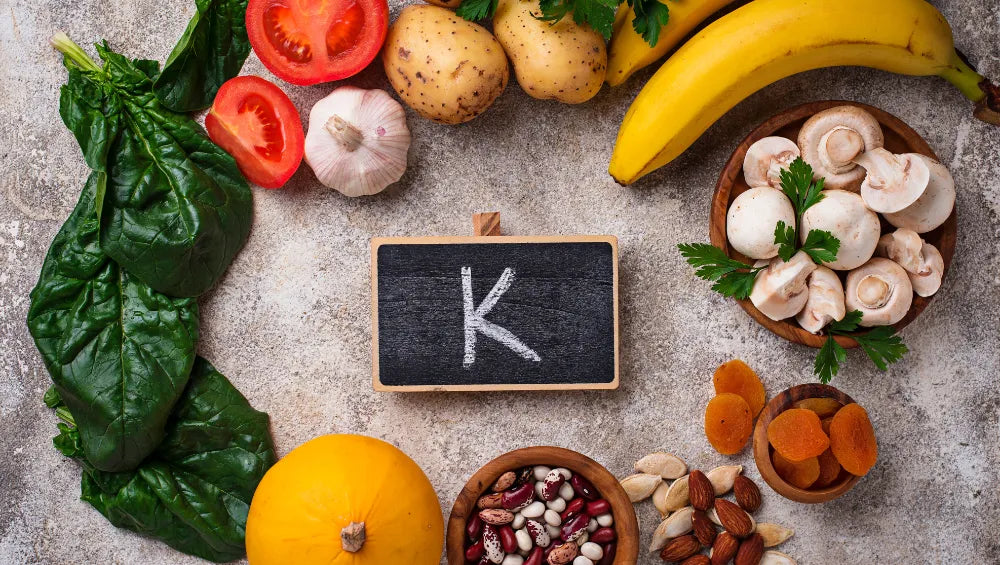Bodybuilding is often associated with increasing muscle volume or "bulking." However, there are those who want to develop strength and endurance without necessarily gaining mass. In this article, we'll look at how to build muscle without bulking up by adapting your training and diet.
Understanding the Basic Principles of Bodybuilding
To get started, it's essential to understand the basic mechanisms involved in strength training . Resistance exercises like weight training stress your muscle fibers and cause microtraumas to them. The healing and repair process then causes hypertrophy, or an increase in the volume and size of your muscles.
Intensity principle
Intensity is one of the three main factors determining muscle growth . It refers to the relative level of difficulty your body experiences when lifting a given weight. The higher the intensity, the more muscle fibers are challenged.
Training volume
Training volume is the total number of sets and repetitions performed during a workout. It is one of the most important factors in stimulating long-term muscle growth.
The goals of bodybuilding without mass gain
Bodybuilding without mass gain has two main objectives:
- Build strength without increasing muscle size.
- Improve your endurance to perform better in other sports activities.
Thus, this approach helps to strengthen joints, improve posture, reduce back pain, and of course slightly sculpt the body.
The choice of exercises
Prioritize polyarticular exercises
When you want to build muscle without bulking up, you should opt for multi-joint exercises over isolation exercises. This technique works multiple muscle groups simultaneously, promoting balanced body development and rapid strength gains. These exercises include:
- Squats
- Front slits
- The pumps
- Pull-ups
- Dips
- The bench press
However, it is important to vary your exercises to avoid monotony and to work all of your body's muscles. You can therefore incorporate isolation movements (bicep curls, triceps extensions) into your program, but be careful not to overdo them.
Promote work with body weight or light loads
To prevent excessive mass gain, opt for bodyweight training or light weight training . This will allow you to work your muscles without generating significant mechanical stress on the muscle fibers, thus limiting hypertrophy (increase in muscle volume).
You can progress by adding repetitions, reducing recovery times between sets or increasing the working angles to work the muscles differently.
Adapt your training program to avoid gaining mass
Now that you understand the basics, let's look at how to tailor your training program to your specific goals, namely bodybuilding without bulking.
Reduce the volume and increase the intensity
The first tip to follow to avoid excessive muscle gain is to reduce training volume while increasing intensity . This way, you'll be able to use your muscles more in a short period of time without causing significant hypertrophy. To do this, focus your training on short but intense sessions rather than long, less demanding sessions.
Focus on compound exercises
Focus on compound movements like squats, push-ups , and pull-ups, which work multiple muscle groups simultaneously, effectively and evenly working the entire body. Additionally, these exercises are known to promote strength development more than muscle growth itself.
Functional bodybuilding
Performing so-called “ functional ” exercises is a great way to continue your strength training without bulking up. These movements engage your muscles in a more natural and complex way, often involving multiple muscle groups to perform a single movement.
Working in circuit training
Circuit training is a type of training that involves performing several exercises in a row without rest time or with very short breaks . This type of training allows you to raise your heart rate and dynamically challenge your muscles, while working on muscular and cardiovascular endurance to gain strength and power.
For example, we could create a circuit made up of:
- 10 Squats
- 10 Push-ups
- 10 Pull-ups
- 10 Alternating Forward Lunges (5 per leg)
- 10 Dips
We will try to repeat this circuit as many times as possible in 20 minutes , taking care to rest for a few seconds between each exercise if necessary.
Diet for bodybuilding without mass gain
Eat a balanced and sufficient diet
To be able to progress in bodybuilding without gaining mass, it is essential to have a balanced diet providing all the nutrients necessary for the body to function and muscle recovery. You will therefore need to consume:
- Proteins (meat, fish, eggs, legumes) to maintain and develop muscle mass.
- Carbohydrates (pasta, rice, bread, fruit) to provide energy during workouts.
- Unsaturated lipids (olive oil, avocado, nuts) to ensure good hormonal and cardiovascular function.
- Fruits and vegetables to provide vitamins, minerals and fiber essential for overall health.
It is also important to be careful not to eat in excess of your daily energy needs, in order to avoid weight gain in the form of fat or muscle.
Do not consume unsuitable supplements
Finally, avoid consuming dietary supplements intended for bodybuilders and other athletes seeking rapid mass gain. These products are often very rich in protein, calories, and nutrients that can promote muscle gain.
Some dietary supplements can be helpful in meeting your goals without promoting mass gain. For example, opt for protein from natural foods rather than high-calorie powder supplements that stimulate muscle hypertrophy.
Don't neglect stretching
Finally, don't forget the importance of stretching exercises to maintain good joint mobility and thus prevent the risk of injury and pain during training. Incorporating regular stretching sessions can also help maintain a harmonious body shape by preserving muscle tone without creating excessive volume.
Bodybuilding without mass gain: In summary
Thus, practicing bodybuilding without bulking involves a combination of several strategies related to both your training and your diet. By applying these tips and paying attention to the signals your body is sending you, you can continue to effectively work on your strength and fitness while limiting the development of muscle volume.





